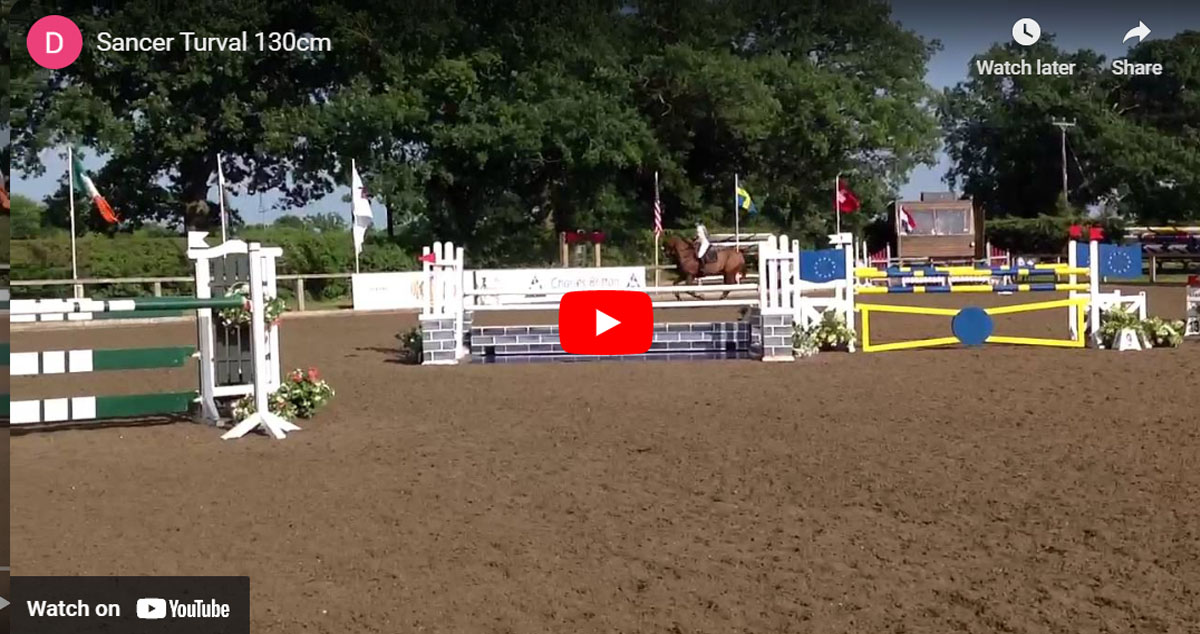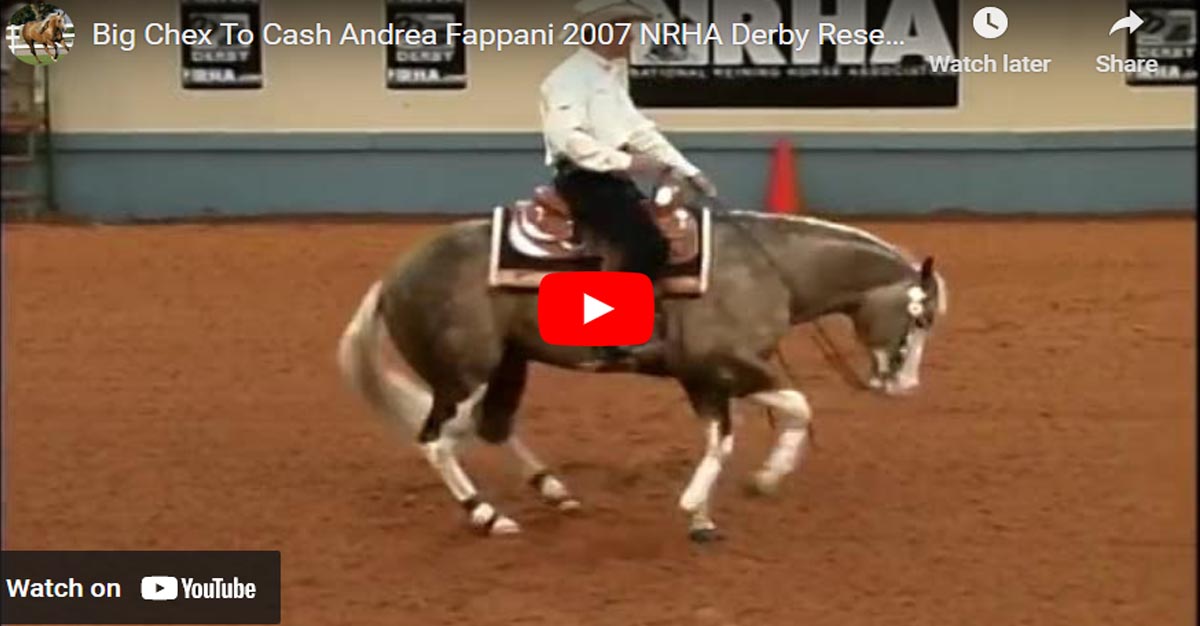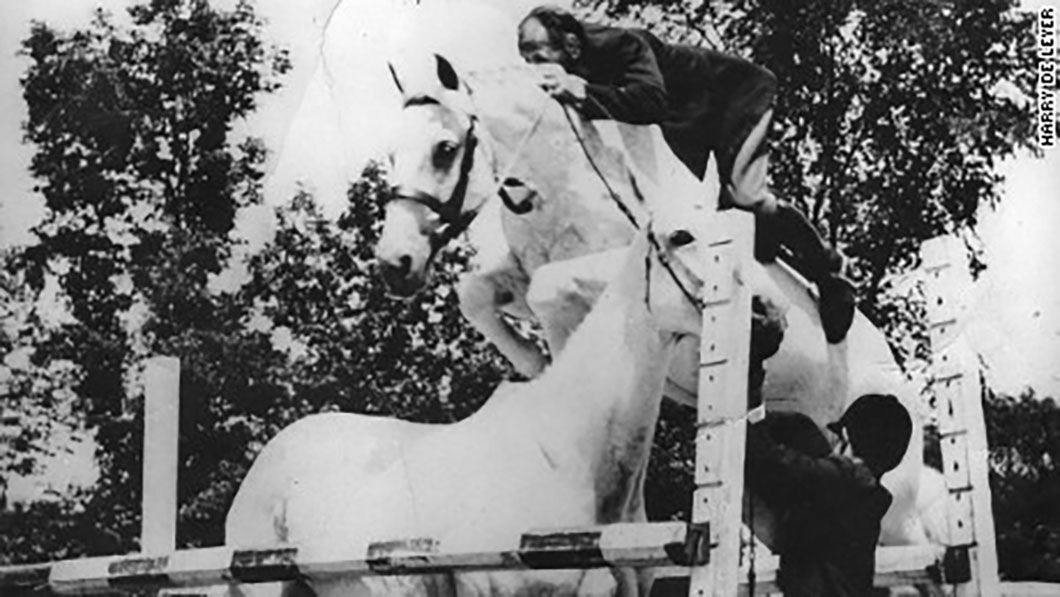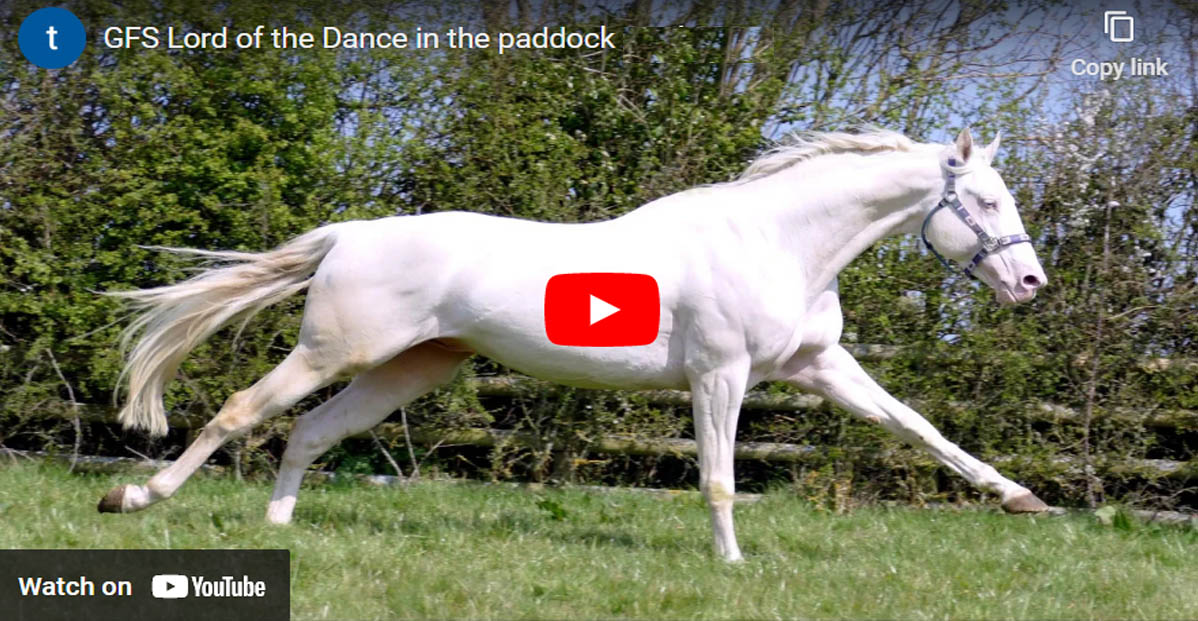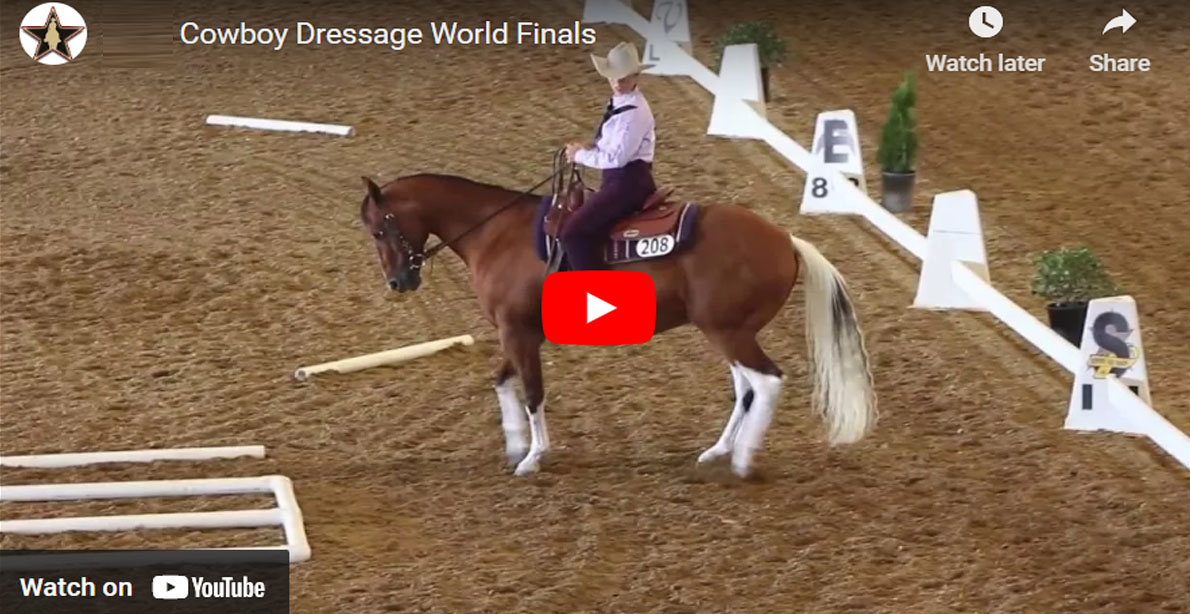Search Engine Positioning: Paid Inclusion versus Pay-Per-Click
Paid Inclusion
The rise of paid inclusion services at the major search engines is good news for most webmasters – yes, good news! Search engines have finally responded to pressure from webmasters for more control over page indexing, and now for a small fee it’s possible to guarantee that a search engine spider will find all of your carefully optimised pages.
For webmasters on a shoestring budget, the search engines have preserved the option of free submission to ensure that their database remains valuable and relevant – if there’s one lesson they’ve learned from Google, it’s that users value relevant results above all else. Free submission means that the relevancy of the database is less likely to be compromised by income-generating activity, since in theory pages submitted using the free option can compete for rankings on an equal footing with pages which have taken the commercial route.
In practice, database pressures of space and time mean that sites submitted using the free option tend to take much longer to appear in the index, and what’s more, may well be restricted to the page which the spider deems to be the most important – a judgement with which webmasters may not agree (it’s usually the home page, but can also be the contacts or about us page instead).
For this reason, those with even a minimal marketing budget have welcomed the opportunity to control which of their pages are indexed by the search engines. Not only that, but the regular re-spidering (usually every 48 hours) offered by paid inclusion means that webmasters can tweak pages on an ongoing basis to better compete for position, and see the results in the engines very quickly.
However, while paid inclusion is a relatively low-cost method of promotion compared to banner advertising, per-page costs can quickly mount up for medium to large sites paying for inclusion in each of the major search engines.
Furthermore, the fees only guarantee inclusion, NOT position – and therefore many sites will have to devote additional time and/or money to website optimisation to ensure that the indexed pages are visible in search results.
Pay-per-Click (ppc)
Another option is sponsored advertising or ‘pay-per-click’ positioning, where an advertiser bids against other advertisers for a position in the ‘sponsored listing’ search results which are returned for a particular keyword or phrase. The bid price is the cost of each click-through by a visitor from the advertiser’s listing to their website.
Pay-per-click is a descendant of the original banner advertising used on search engines, where the search query that was typed in determined the banner that was served on the results page. The rise of Overture and Espotting, self-serve ad systems which between them supply pay-per-click results to 90% of the major search engines, has opened up this medium to a much wider range of advertisers and permitted a hitherto undreamed-of level of control.
Overture supplies ppc results to Yahoo, HotBot, Netscape, Lycos, AltaVista, Ask Jeeves, Iwon
Overture UK supplies ppc results to Ask Jeeves UK, MSN UK, AltaVista UK, Freeserve
ESpotting supplies ppc results to Yahoo UK, UKPlus, Looksmart UK, HotBot UK, Lycos UK
Advertisers can choose the search terms they want to target and how much they are willing to pay for their visitors – they can even use software tools to manage their accounts automatically. When combined with tracking and analysis which can measure factors such as customer acquisition cost and ROI (return on investment), pay-per-click can be a powerful tool for drawing short-term traffic in specific areas.
The disadvantages of this method of promotion include:
Cost uncertainty. It’s practically impossible to establish up front what the likely costs vs. returns are likely to be, and a level of ongoing testing and tweaking is unavoidable.
Cost of competing. The more competitive the search term, the higher the bid price for a decent position is likely to be, and the quicker you are likely to ‘burn through’ your account balance on clickthroughs.
Time commitment. To be sure of maximising returns from a pay-per-click campaign, it will be necessary to spend time studying results and cross-comparing against ad effectiveness, impression-to-clickthrough ratios, customer conversions and so on…. not to mention the time required to monitor and adjust your bid levels to ensure optimal positioning.
In conclusion, a website marketing campaign should consider both paid inclusion and pay-per-click as important elements of its strategy. Paid inclusion depends on website optimisation for success, which when properly implemented will results in solid, long-term search engine positions that attract high-quality traffic. Pay-per-click is an ideal tool to cover areas not targeted by page optimisation, for example: specific products and brands, short-term-promotions, less-used search terms and misspellings.
You should be careful, however, to ensure that your implementation of each element is complementary to your overall marketing strategy, and to each other – after all, you don’t want to end up paying for clicks you could get for free!

The rise of paid inclusion services at the major search engines is good news for most webmasters – yes, good news! Search engines have finally responded to pressure from webmasters for more control over page indexing, and now for a small fee it’s possible to guarantee that a search engine spider will find all of your carefully optimised pages.
For webmasters on a shoestring budget, the search engines have preserved the option of free submission to ensure that their database remains valuable and relevant – if there’s one lesson they’ve learned from Google, it’s that users value relevant results above all else. Free submission means that the relevancy of the database is less likely to be compromised by income-generating activity, since in theory pages submitted using the free option can compete for rankings on an equal footing with pages which have taken the commercial route.
In practice, database pressures of space and time mean that sites submitted using the free option tend to take much longer to appear in the index, and what’s more, may well be restricted to the page which the spider deems to be the most important – a judgement with which webmasters may not agree (it’s usually the home page, but can also be the contacts or about us page instead).
For this reason, those with even a minimal marketing budget have welcomed the opportunity to control which of their pages are indexed by the search engines. Not only that, but the regular re-spidering (usually every 48 hours) offered by paid inclusion means that webmasters can tweak pages on an ongoing basis to better compete for position, and see the results in the engines very quickly.
However, while paid inclusion is a relatively low-cost method of promotion compared to banner advertising, per-page costs can quickly mount up for medium to large sites paying for inclusion in each of the major search engines.
Furthermore, the fees only guarantee inclusion, NOT position – and therefore many sites will have to devote additional time and/or money to website optimisation to ensure that the indexed pages are visible in search results.
Pay-per-Click (ppc)
Another option is sponsored advertising or ‘pay-per-click’ positioning, where an advertiser bids against other advertisers for a position in the ‘sponsored listing’ search results which are returned for a particular keyword or phrase. The bid price is the cost of each click-through by a visitor from the advertiser’s listing to their website.
Pay-per-click is a descendant of the original banner advertising used on search engines, where the search query that was typed in determined the banner that was served on the results page. The rise of Overture and Espotting, self-serve ad systems which between them supply pay-per-click results to 90% of the major search engines, has opened up this medium to a much wider range of advertisers and permitted a hitherto undreamed-of level of control.
Overture supplies ppc results to Yahoo, HotBot, Netscape, Lycos, AltaVista, Ask Jeeves, Iwon
Overture UK supplies ppc results to Ask Jeeves UK, MSN UK, AltaVista UK, Freeserve
ESpotting supplies ppc results to Yahoo UK, UKPlus, Looksmart UK, HotBot UK, Lycos UK
Advertisers can choose the search terms they want to target and how much they are willing to pay for their visitors – they can even use software tools to manage their accounts automatically. When combined with tracking and analysis which can measure factors such as customer acquisition cost and ROI (return on investment), pay-per-click can be a powerful tool for drawing short-term traffic in specific areas.
The disadvantages of this method of promotion include:
Cost uncertainty. It’s practically impossible to establish up front what the likely costs vs. returns are likely to be, and a level of ongoing testing and tweaking is unavoidable.
Cost of competing. The more competitive the search term, the higher the bid price for a decent position is likely to be, and the quicker you are likely to ‘burn through’ your account balance on clickthroughs.
Time commitment. To be sure of maximising returns from a pay-per-click campaign, it will be necessary to spend time studying results and cross-comparing against ad effectiveness, impression-to-clickthrough ratios, customer conversions and so on…. not to mention the time required to monitor and adjust your bid levels to ensure optimal positioning.
In conclusion, a website marketing campaign should consider both paid inclusion and pay-per-click as important elements of its strategy. Paid inclusion depends on website optimisation for success, which when properly implemented will results in solid, long-term search engine positions that attract high-quality traffic. Pay-per-click is an ideal tool to cover areas not targeted by page optimisation, for example: specific products and brands, short-term-promotions, less-used search terms and misspellings.
You should be careful, however, to ensure that your implementation of each element is complementary to your overall marketing strategy, and to each other – after all, you don’t want to end up paying for clicks you could get for free!










